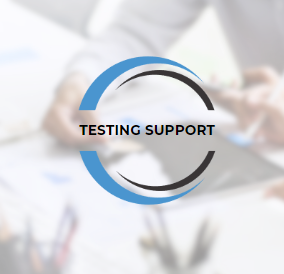Message Initiation:
The Payment Engine Hub receives payment instructions from a customer or an internal system. This instruction could be for a cross-border payment, a remittance, or another financial transaction.
The payment instruction contains relevant details such as the beneficiary’s account information, payment amount, currency, purpose of payment, and any required reference information.
Message Formatting:
The Payment Engine Hub formats the payment instruction into the appropriate message format required by the external system, which in this case is the SWIFT network.
SWIFT messages adhere to specific standards like MT (Message Type) for various types of transactions, such as MT103 for customer credit transfers.
Message Enrichment:
The Payment Engine Hub may enrich the message with additional information required by the SWIFT network, including bank identifiers (BICs), intermediary bank details, and transaction codes.
Compliance-related information such as anti-money laundering (AML) and sanctions screening data might also be added.
Message Validation:
The Payment Engine Hub validates the formatted message to ensure it adheres to the SWIFT standards and contains accurate information.
The validation process checks for proper formatting, accurate account details, valid BICs, and adherence to regulatory requirements.
Message Routing:
The Payment Engine Hub determines the appropriate connectivity and communication channel to send the message to the SWIFT network.
This could involve using a secure communication protocol like the SWIFTNet FIN service or the SWIFT Alliance Messaging Hub (AMH).
Message Transmission:
The formatted and validated payment message is transmitted from the Payment Engine Hub to the SWIFT network using the selected communication channel.
This transmission is highly secure and may involve encryption and authentication mechanisms.
Message Processing at SWIFT:
The SWIFT network receives the payment message and performs further validations, including checks for proper formatting, BIC validity, and adherence to SWIFT rules.
SWIFT may also perform compliance checks and sanctions screening based on industry standards.
Intermediary and Beneficiary Bank Handling:
If the payment requires intermediary banks, the SWIFT network routes the message through them, ensuring that the payment reaches the beneficiary’s bank via the correct intermediaries.
Delivery to Beneficiary Bank:
The payment message eventually reaches the beneficiary bank’s system, which processes the payment based on the instructions provided.
Confirmation and Acknowledgment:
The beneficiary bank processes the payment and may send an acknowledgment or confirmation back to the originating bank or Payment Engine Hub through the SWIFT.
Status Updates:
Throughout the process, status updates and notifications may be sent via the SWIFT network to keep relevant parties informed about the payment’s progress







